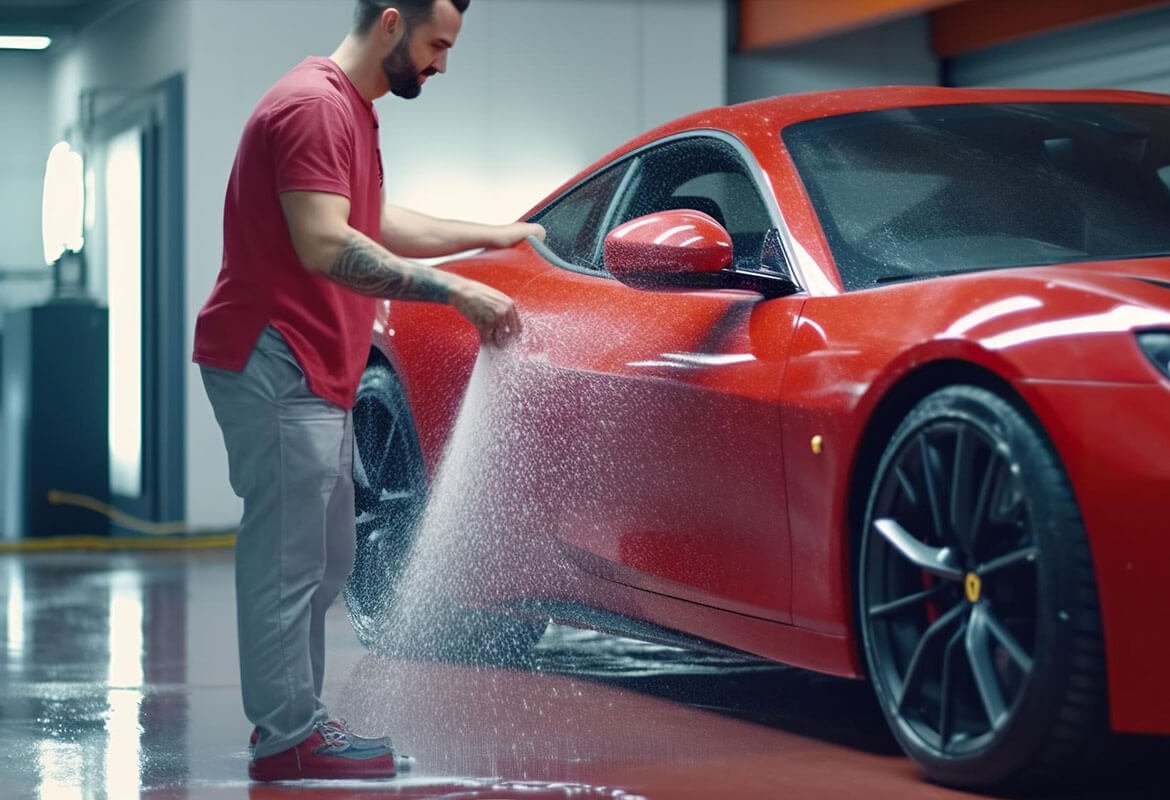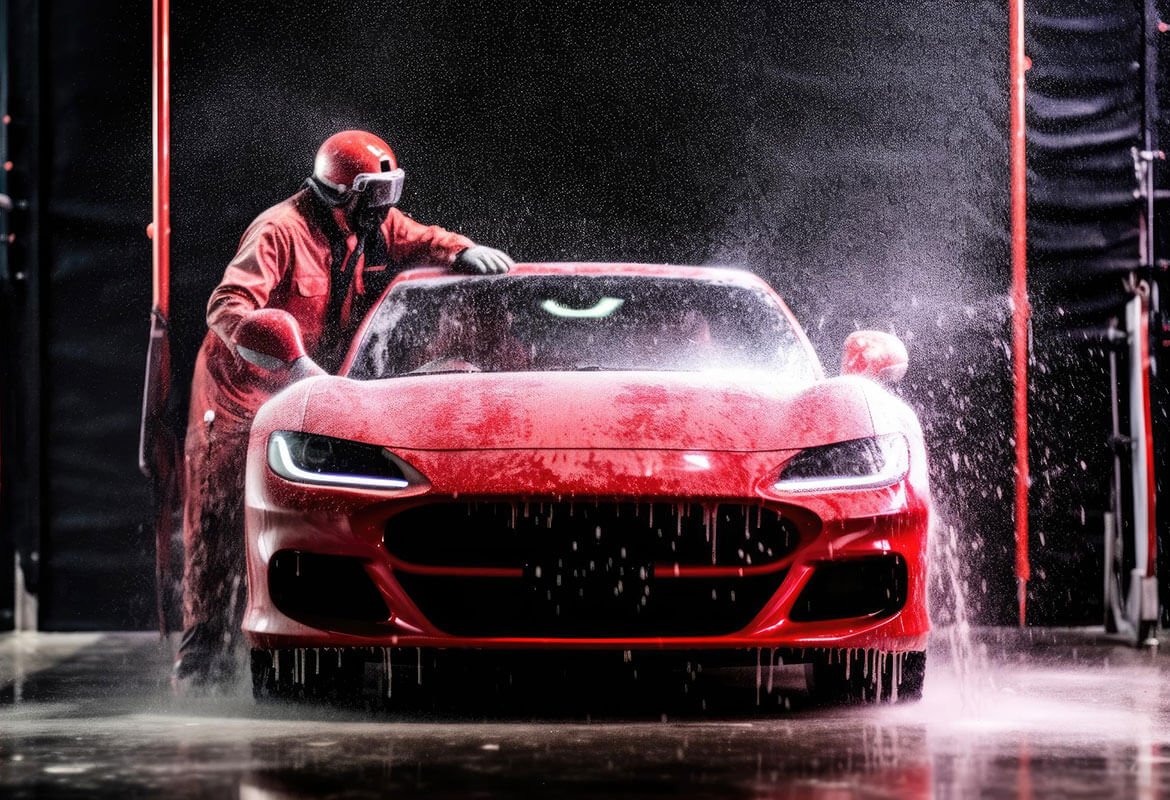The Mathematical Secrets of Engine Sounds: Why Your V8 Roar Feels ‘Perfect’
There’s something undeniably satisfying about the deep, throaty growl of a V8 engine, the high-pitched scream of a Ferrari V12, or the warbling burble of a Subaru boxer. But what exactly makes these sounds so appealing? Is it pure mechanical design, or is there a deeper mathematical harmony at play?
In this deep dive, we’ll break down the physics, acoustics, and psychology behind why certain engine sounds feel ‘perfect’ to our ears. From frequency harmonics to exhaust pulse timing, let’s uncover the science behind the symphony of speed.
1. The Physics of Engine Acoustics
At its core, engine sound is nothing more than pressure waves moving through the air. However, the way these waves interact with engine components, exhaust systems, and even our ears is what creates that distinctive engine note.
Combustion and Pressure Waves
Every time a cylinder fires, a sudden expansion of hot gases creates a pressure wave. The timing and sequencing of these pressure waves, combined with the engine’s RPM and firing order, dictate the fundamental tone and harmonics of an engine’s sound.
Firing Order and Engine Layout
Different engine configurations produce unique sound profiles because of how they space out their combustion events:
- V8 (e.g., American muscle cars like the Ford Mustang, Dodge Charger) – Often has a deep and rumbling sound due to cross-plane crankshaft design, which spaces out exhaust pulses unevenly.
- Flat-4 Boxer (e.g., Subaru WRX STI) – Produces a distinctive ‘burble’ due to the unequal-length headers affecting pulse timing.
- Inline-6 (e.g., BMW M3, Nissan RB26DETT) – Known for a smooth and refined tone because of its balanced firing order.
- V12 (e.g., Ferrari 812 Superfast, Lamborghini Aventador) – High-revving and smooth, often compared to an F1 car due to rapid sequential firing and perfect primary balance.
2. The Role of Frequency and Harmonics
Fundamental Frequency and RPM
The fundamental frequency of an engine’s sound is determined by: where:
- f = Fundamental frequency in Hertz (Hz)
- N = Number of cylinders firing per revolution (depends on firing order)
- RPM = Engine revolutions per minute
For example, a V8 at 6,000 RPM might produce a fundamental frequency around 400 Hz, with harmonic overtones adding richness to the sound.
Harmonics and Overtones
Much like a musical instrument, engines don’t produce a single tone but rather a combination of harmonics:
- 1st harmonic (fundamental tone) – Deep rumble
- 2nd harmonic – Adds depth and warmth
- 3rd and 4th harmonics – Contribute to sharpness or aggressiveness
- High-frequency harmonics – Give an engine its unique ‘scream’ at high revs
The magic happens when these harmonics combine in a way that resonates with human perception of ‘pleasing’ sounds.
3. Why V8s Sound So Satisfying
There’s a reason the deep growl of a V8 is so popular—our brains are wired to love it. Here’s why:
1. Low-Frequency Resonance
Human hearing is naturally drawn to lower frequencies (around 20 Hz – 500 Hz). V8s produce dominant frequencies in this range, creating a physically ‘felt’ sound that resonates deeply.
2. Beat Frequency and Rhythm
The offbeat firing of a cross-plane V8 creates an irregular rhythm, which adds to its powerful and aggressive tone. This rhythmic pulse mimics tribal drumming patterns, which have been linked to an instinctive adrenaline response.
3. Psychoacoustics and Emotion
Certain sound frequencies trigger emotional responses. A rising RPM curve mimics the ‘ascending pitch’ effect used in music to build excitement (think of a cinematic soundtrack before a climax). V8s, with their naturally rising harmonics, create a sense of anticipation and power.
4. The Effect of Exhaust and Induction
The way sound exits the engine plays a crucial role in shaping its final tone. Here’s how:
Exhaust System Tuning
- Equal-Length Headers – Creates a smooth and even sound (e.g., Ferrari, Porsche).
- Unequal-Length Headers – Causes pulse variation, leading to a burbling or ‘loping’ sound (e.g., Subaru WRX STI).
- X-Pipes vs. H-Pipes – X-pipes blend exhaust pulses, producing a higher-pitched, exotic tone, while H-pipes create a deeper, bass-heavy note.
Resonance Chambers & Mufflers
Car manufacturers and aftermarket tuners use Helmholtz resonators and perforated mufflers to shape the final sound. Some remove frequencies (like drone at highway speeds), while others amplify specific harmonics.
Turbochargers vs. Naturally Aspirated
- Naturally Aspirated – More raw and unfiltered sound (e.g., Lamborghini V10, old-school muscle cars).
- Turbocharged – Muffled due to turbine resistance, but adds unique whistle and flutter effects (e.g., Supra 2JZ, Audi RS3).
5. Sound Design in Modern Performance Cars
Car manufacturers now use advanced techniques to enhance or modify engine sound:
Active Sound Enhancement (ASE)
Some modern cars use internal speakers or external resonators to adjust the sound:
- BMW’s M cars enhance intake noise through speakers.
- Ford Mustang’s Active Exhaust lets drivers select between ‘Quiet Mode’ and ‘Track Mode.’
- Porsche’s Sound Symposer channels real engine noise into the cabin.
Fake Engine Sounds?
Electric cars and some turbocharged vehicles artificially generate sound:
- Dodge’s upcoming electric muscle car mimics a V8 through external speakers.
- BMW’s i4 M50 features a ‘Hans Zimmer-designed’ futuristic EV sound.
- Tesla’s ‘Boombox Mode’ allows custom sound selection.
6. The Future of Engine Sounds
With electric vehicles (EVs) on the rise, the future of engine sound is evolving. Some trends include:
- Customizable EV Soundtracks – Users may select digital ‘engine notes’ for their cars.
- AI-Generated Soundscapes – Dynamic sound synthesis that changes based on speed and throttle input.
- Hybrid Approaches – Cars like the McLaren Artura use both real and enhanced engine sounds to maintain driving engagement.
Conclusion
The reason certain engine sounds feel ‘perfect’ isn’t just mechanical—it’s mathematical, acoustic, and psychological. From the physics of frequency harmonics to the way our brains respond to rising pitch curves, the roar of an engine is more than just noise—it’s an experience.
Whether it’s the chest-thumping growl of a V8, the shriek of a high-revving V12, or the turbocharged howl of a modern performance car, engine sounds will always be an essential part of the driving thrill. Even as the industry moves toward electrification, one thing is certain: the love for the perfect engine note will never die.
What’s your favorite engine sound, and why? Let’s hear your thoughts in the comments!







